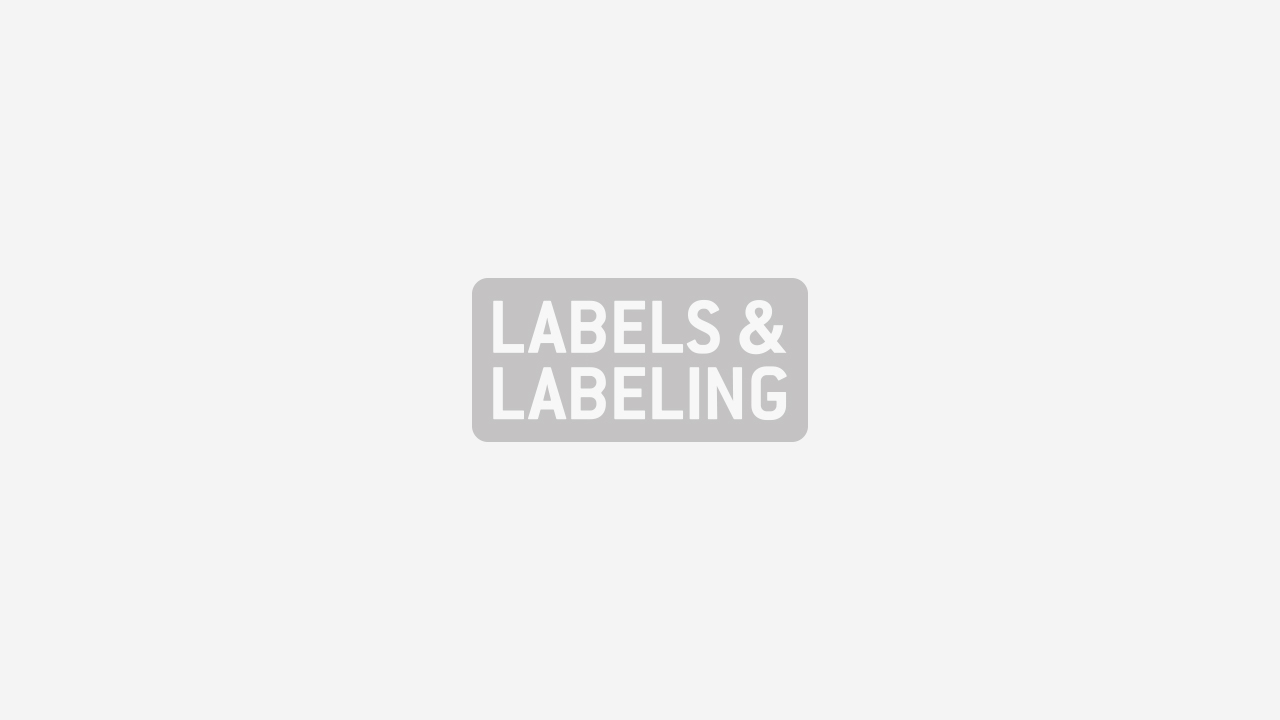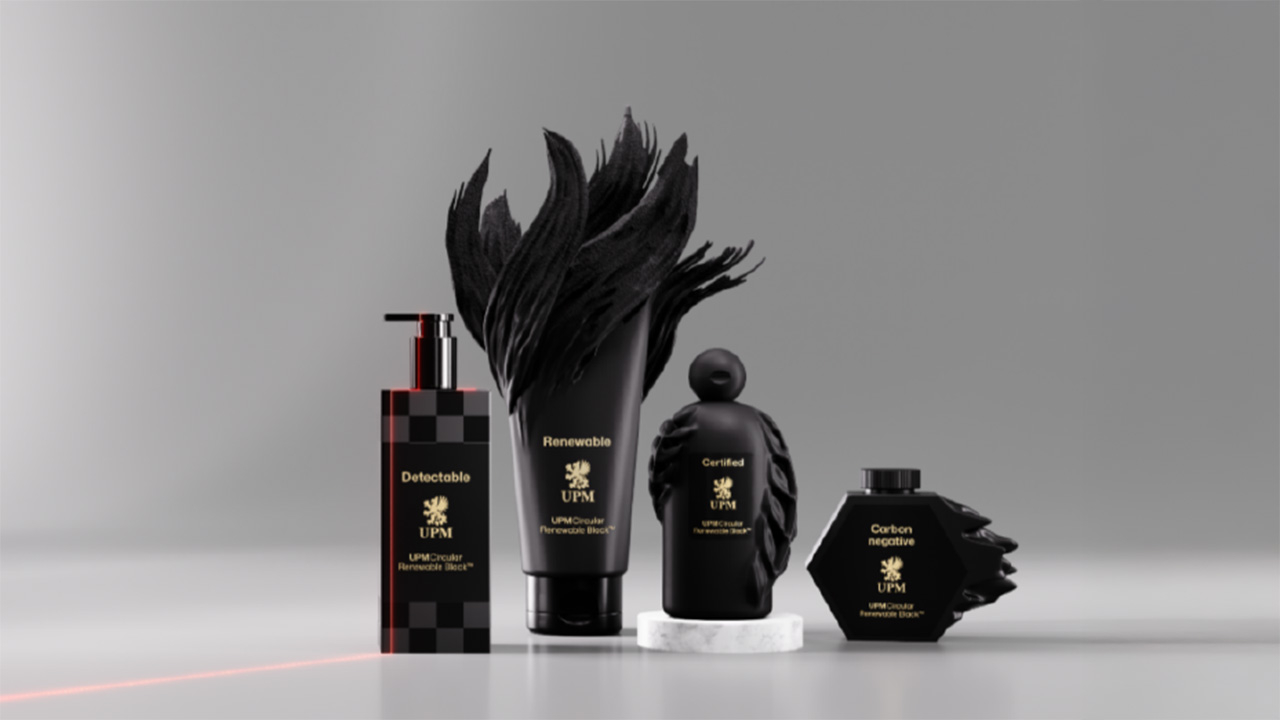Clear prime films FAQs

Mactac’s Kim Hensley gives answers to the seven most commonly asked questions about clear prime films
Labelstocks are designed to withstand exposure to extreme temperatures, scuffs, solvents, moisture and UV light. But, how do you know which is the best labelstock to protect against these elements and enhance packaging design? From rubber to acrylic-based adhesives, selecting the best film labeling application can be overwhelming for those not well versed in all the available options.
As the industry shifts from wet glue applied labels to ultimate clear adhesives, selecting the right material has become even more complex. To aid in the selection process, here are the answers to seven wonders of prime label products.
Q: What adhesive properties are customers looking for in prime film labeling applications?
Customers are seeking a clear-on-clear label for health, beauty, food and beverage, and household cleaner products. Customers are focused on labelstock that provides secure adhesion, while maintaining outstanding initial tack, exceptional clarity and long-lasting adhesion to these common low-surface energy substrates.
Consumers are the ultimate testers in terms of exposing clear adhesives to the toughest elements. For example, in beverage applications, the label might start to whiten around the edges after sitting in a bucket of ice for an extended period of time. Labels in high-moisture environments also begin to lift, tunnel or flag. Consumers have reported dissatisfaction when a label is peeling off, a typical reaction when exposed to humidity over an extended period of time and particularly in cases in which the product has not even made it home.
Common complaints with clear-on-clear labels include water whitening, lifting and tunneling. But, new optically clear technologies are available, providing:
• exceptional clarity
• high tack
• a quick, strong bond
• excellent adhesion
• resistance to water whitening
• direct food contact compliance
• tamper evidence
These key characteristics make clear on clear adhesives for prime labeling applications unique from anything previously available on the market. While satisfying customer need for a fresh, upscale appearance, clear labels allow for product packaging to be the center of attention while adding a dramatic effect for customer appeal.
Q: What aesthetically appealing benefits do clear labels provide packaging?
In recent years, as customers continue to demand a “no label” appearance, the industry has relentlessly been looking for a label that meets both functionality and aesthetic goals.
Because image is critical, a label should do more than convey information, as a label is worth a thousand words in the packaging industry. Brand managers want a label that won’t obscure the product or be a detriment to the brand once the label is applied. This is true from health and beauty packaging to food and beverage containers. A clear label lends itself to higher end products where a sophisticated look is required.
Q: How do prime film adhesives provide security?
Outstanding initial tack and long-lasting performance contribute to enhanced secure adhesion in clear prime film applications. These features make the label difficult to remove, thus making counterfeiting more complex. Counterfeiting, an ongoing concern for manufacturers of high-value products, has driven companies to reevaluate the security measures integrated into their product packaging.
As repositionability has become less of a requirement due to improved assembly line technology, adhesives are able to integrate higher protection through high-initial tack and good performance characteristics. The next generation of prime film labeling, such as PUREtac CL216 from Mactac, is especially useful from a security standpoint, as any removal attempt will leave residue as evidence of tampering.
Q: What tests are used to determine an initial high-tack performance in a prime film adhesive?
Because clear prime film adhesives are ideal for use on low-energy surfaces, including polystyrene, polypropylene, polyethylene tetrephthalate (PET) and both low-density and high-density polyethylene (LDPE and HDPE), two tests are commonly used to determine tack performance.
First, quick-tack tests involve a standard one inch loop test as defined by CTM-25 testing procedures. This test is used to demonstrate excellent initial tack of various surface properties like HDPE, LDPE and glass. Then, a standard peel-adhesion test, as defined by CTM-8 testing procedures, is usually conducted over a 30-minute time span at 180 degrees Celsius. Showcasing the adhesive’s superior long-term aggressiveness, it is used to demonstrate the adhesives security capabilities.
Q: Why are PET liners commonly used in specialty applications for high-volume prime label applications?
High-volume applications require labels to be applied at maximum speeds. Under these conditions, traditional paper liners are quick to tear, stopping the label application process. The strength of PET liners nearly eliminates web breaks for reliable converting.
In addition, the consistent caliper of the liner converts easily due to its harder die cutting surface and greater tolerance, which is a benefit to converters. The use of PET liners also helps by reducing dust in clean up and minimizing changeover times due to the ability to have more material on rolls.
Finally, the smooth surface of PET liners allows the adhesive to mimic that smooth appearance during the adhesive transfer coating process, resulting in a true glass-like appearance for a clear or 'no label' look. Because PET is not affected by moisture, the liner will remain flat despite the conditions of the storing environment.
Q: When should a white background/white ink be applied behind a clear label?
Although a clear label complements a large variety of product packaging, a portion of the clear label may need to be opaque for legibility, as well as performance, purposes. To determine whether a white background should be applied, the color of the product and the objective of the packaging should be taken into consideration from the beginning of the design process when using clear labels. For example, using a white ink typically works well with colorful products, such as shampoo and conditioner bottles, hand sanitizer, deodorant and more. Furthermore, if a product’s packaging includes a barcode, it automatically requires a printed white background for ensured scannability, thus reducing chances of the color fading out to maintain the transparent label look.
In other cases, a background may need to be applied simply to make the text stand out as it sits among other products on store shelves. Because you have less than three seconds to catch the attention of a potential consumer, the messaging on the label should not get lost. Although white offers an elegant look, it also offers the most design flexibility. However, a color that compliments your brand
and best suits the product is an alternative option.
Q: What are some current trends regarding prime film labeling applications?
An increase in demand for ultimate clear adhesives, from conventional wet glue applied labels, has occurred for health, beauty food, beverage and household cleaner products. This transition stems from increased reliance on plastic containers in the packaging industry, ultimately reducing direct package printing.
Trending in the area of prime film labeling applications is the 'no label' look that can work well even over the shapes and contours used in specialty packaging. In these instances, conformability is key in performance. The film adhesive must maintain strength and performance while adhering to a convex bottle, despite the film adjusting shape to conform around the complex surface. Squeezable bottles, increasing in popularity, contribute to the label’s need to resist deformation. The label material needs to accept the squeeze and recover from it without resulting in marks. Optically clear adhesives, such as Mactac PUREtac CL215 from Mactac Printing Products, are designed to combat these much too common problems by providing exceptional clarity and outstanding initial tack.
Ongoing technology advancements make the future of prime film labels uncertain and difficult to keep up with the latest and greatest offerings on the market. But, one thing is for certain – you can rely on your supplier to be your guide in finding the best solutions for your specific application.
This article was published in L&L issue 4, 2012
Stay up to date
Subscribe to the free Label News newsletter and receive the latest content every week. We'll never share your email address.

